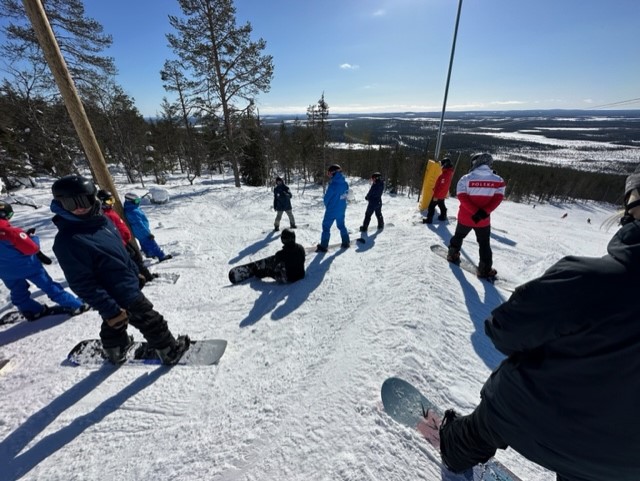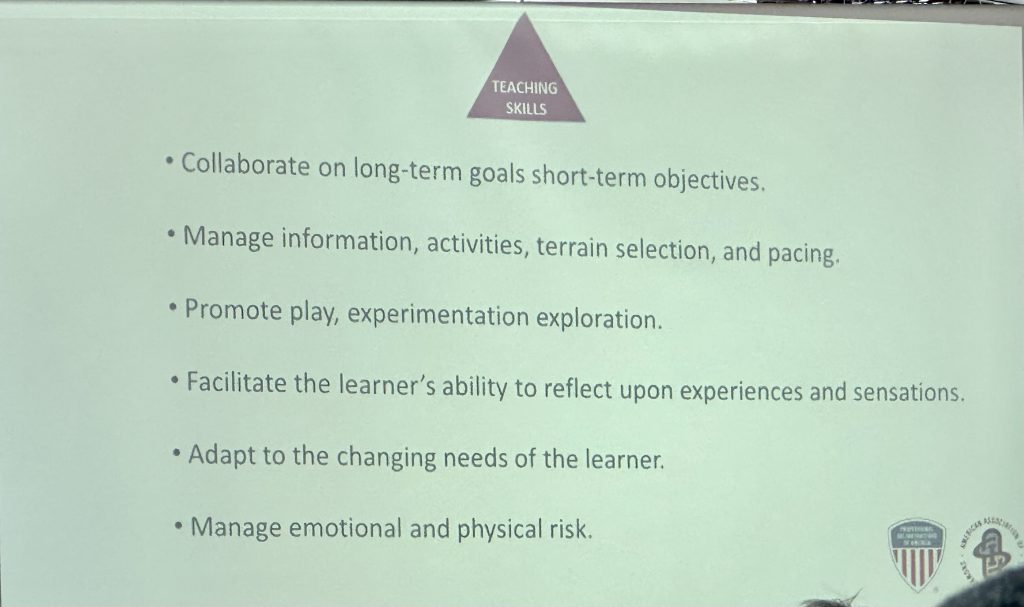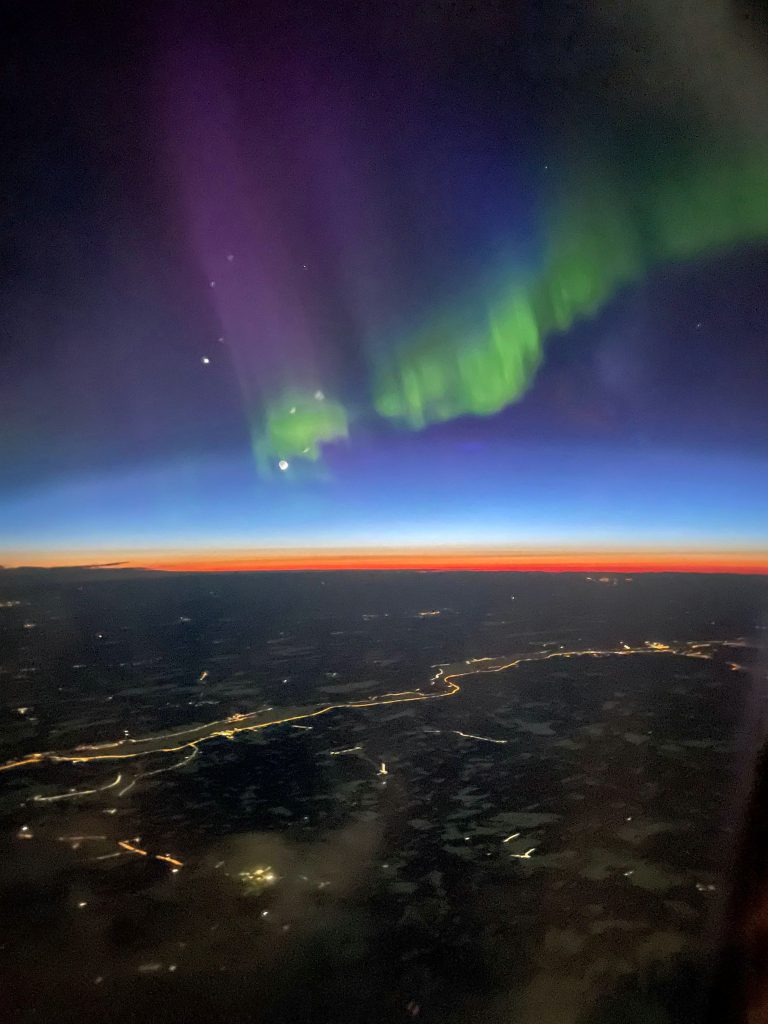Attending the APSI presentation from Kylie Dwyer, Jon Steele and Jason Clausen was a pleasure. They presented several aspects of their riding techniques that are specific to the Australian snow conditions:
– Anticipated position where hips and shoulders are aligned across the angle of the front foot, and the lead shoulder is externally rotated and shoulder blade actively retracted towards the spine,
– Movements at the transition between edges in which re-centering over a flat base is prioritized, and
– Full body steering throughout the turn.
Due to the generally icy conditions Down Under, the APSI places importance with keeping their centre of mass over the board. To do this they use up-unweighting throughout all of their levels to help recenter more reliably from turn-to-turn, although down-unweighting is used. Early steering into the inside of the turn, and movements from front- to rear-foot (from start to finish) to drive the board through the arc.
To exemplify the differences between up and down-unweighting, they took us through several tactics, ranging from their exam criteria short turns from their Level 2 all the way to linked heel-to-heel advanced short turns. While they acknowledge that down-unweighting tends to be faster and more powerful than up-unweighting, they caution that down un-weighting tends to put us in more inclined and less balanced positions throughout the turn.
The Aussies continue to have a unique perspective in snowsports and their techniques can give us a positive nudge in a different direction than we’re used to.




